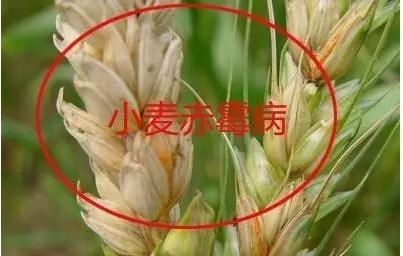
 more about FHB
more about FHB MOTIVATION
Cereal crops such as wheat, maize and rice commonly suffer from devastating plant diseases caused by pathogenic microbes worldwide, posing great danger to global food safety and human survival. Fusarium head blight (FHB) caused by the filamentous fungus Fusarium graminearum is a major problem to global wheat and barley production, reducing yield and polluting the grains with toxic and carcinogenic mycotoxins. Some studies have shown that the related toxins are related to the occurrence of human chronic diseases such as gastric cancer and esophageal cancer.It is well accepted that pathogen infection process and secondary metabolisms are under intricate gene regulations. To develop better disease management strategy, it demands a deeper and systemic understanding of the gene regulation mechanisms on fungal virulence, development and mycotoxin production. However, our current knowledge of such mechanisms remains limited, particularly at systems level.
Fusarium head blight (FHB), caused by the filamentous ascomycete Fusarium graminearum (F. graminearum), is one of the most devastating diseases in wheat, barley and other small grains around the world.
FHB results in yield loss and contamination of grains with mycotoxins, fungal secondary metabolites toxic to animals, including humans.
The management of FHB remains challenging because of a lack of effective resistant wheat cultivars and the prevalence of pathogen resistance to fungicides. The understanding of F. graminearum pathobiology at the systems level is vital to effective disease and mycotoxin management.

 more about FHB
more about FHB
Article summary
1.Filamentous fungus Fusarium graminearum (Fg) causes devastating crop diseases and produces harmful mycotoxins worldwide. Understanding Fg transcriptional regulatory networks (TRNs) is vital for effective disease management. Although many transcriptional regulators have been functionally characterized, knowledge of Fg TRNs and dynamics remains quite limited.? ?
2.Here we inferred global TRNs for Fg by applying a probabilistic method "module networks" using combined inputs of fungal transcriptomic data, and 170 phenotype-associated transcription factors (TFs) as candidate regulators. The inferred TRNs contain 49 regulatory modules showing condition-specific gene regulations. Through a robust validation from multiple evidence, our network prediction showed high accuracy and concordance with existing knowledge, highlighted by its accurate capture of the well-known trichothecene biosynthetic gene cluster.? ?
3.Developing a computational method, we evaluated associations between modules and phenotypes, and discovered subnetworks responsible for fungal virulence, sexual reproduction and mycotoxin production. We also found a clear compartmentalization of TRN modules on core and lineage-specific genomes in Fg, reflecting the evolution of the TRNs in fungal speciation. ?
4.This first system-level reconstruction of filamentous fungal TRNs provides novel insights into intricate networks of gene regulation underlying key processes in Fg pathobiology and offer promises in making improved disease control strategies.
Website content
1. You can browse our research results.
2. You can view and download our analysis data and results.
3. You can use the module search tool provided by the webpage to search the module. You need to provide the list of genes you want to search.
4. You can pay attention to our research and communicate with us.